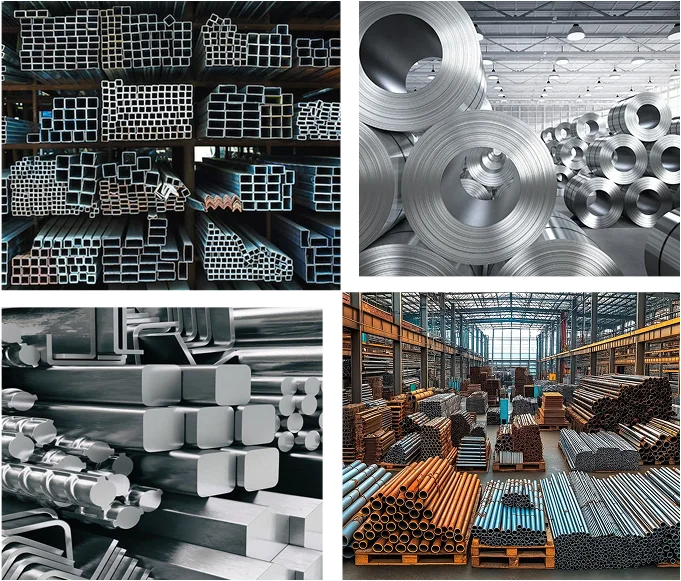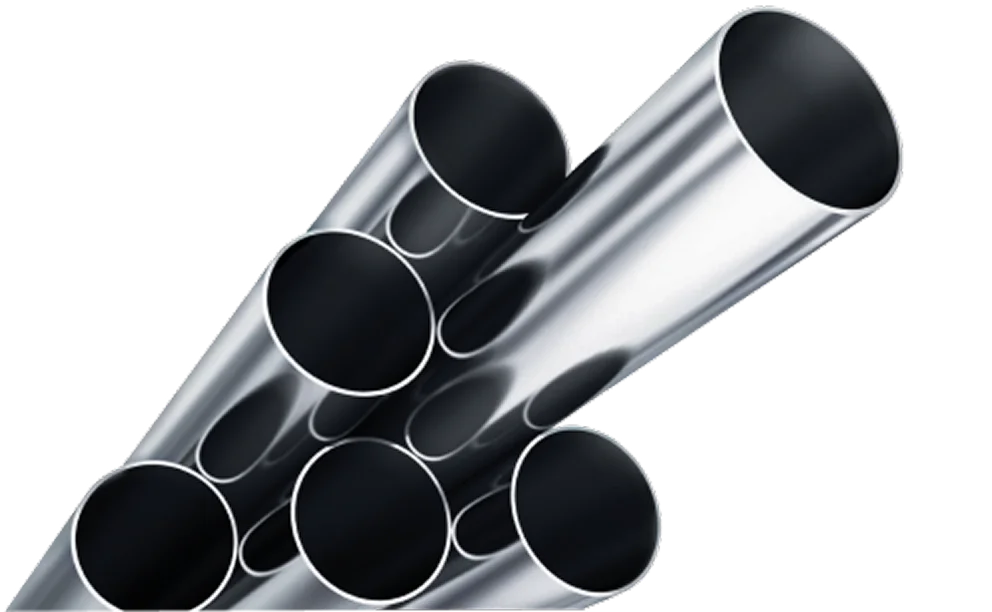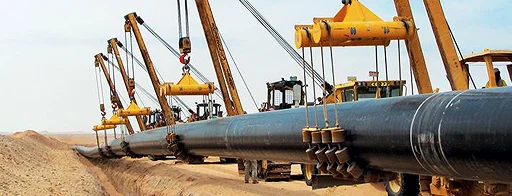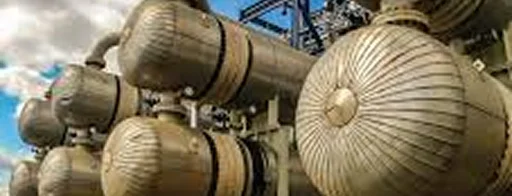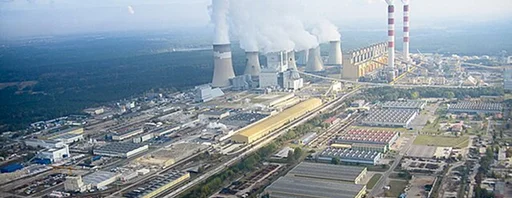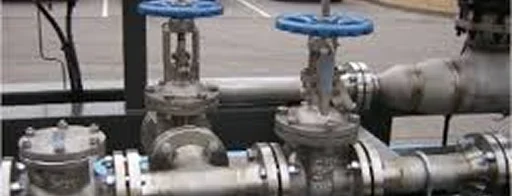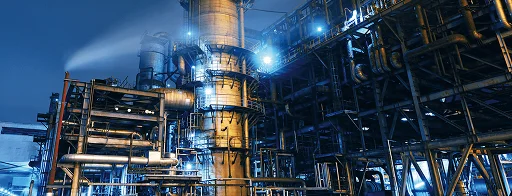
In the world of engineering and metallurgy, steel is one of the most vital materials. Among its many variations, alloy steel stands out due to its enhanced strength, durability and adaptability. By integrating additional alloying elements into traditional carbon steel, manufacturers can fine-tune its mechanical and physical behavior for a wide range of industrial uses. This blog explores the fundamentals of alloy steel composition, its types, chemical makeup, properties, and applications across industries.
What Is Alloy Steel?
Alloy steel is a category of steel that includes other elements beyond iron and carbon to improve its performance. These alloying elements may include chromium, nickel, molybdenum, vanadium, silicon, boron, and others. The aim is to boost characteristics such as hardness, tensile strength, corrosion resistance and overall durability.
The specific alloy steel composition is selected based on the desired mechanical performance and the operating environment. Whether in pipelines, pressure vessels, or aircraft components, these steels are engineered for reliability under stress.
Importance of Alloy Steel Composition
Understanding the alloy steel chemical composition is essential for selecting the right grade for a specific application. Each element brings unique benefits:
|
Element |
Symbol |
Typical % Range |
Primary Function |
|---|---|---|---|
|
Chromium |
Cr |
0.5% – 12% |
Increases hardness and corrosion resistance |
|
Molybdenum |
Mo |
0.1% – 5% |
Enhances high-temperature and creep strength |
|
Nickel |
Ni |
0.3% – 5% |
Improves toughness and ductility |
|
Vanadium |
V |
0.1% – 1% |
Refines grain structure and boosts strength |
|
Manganese |
Mn |
0.5% – 2% |
Improves wear resistance and hardenability |
|
Silicon |
Si |
0.1% – 2% |
Acts as a deoxidizer and enhances strength |
These carefully selected components ensure the final steel meets the exact mechanical, thermal, and chemical demands of its application.
Types of Alloy Steel
1. Low Alloy Steel
Low alloy steel incorporates smaller amounts of alloying elements (typically under 5%). These steels offer a cost-effective solution for projects requiring moderate corrosion resistance, toughness, and improved strength over carbon steel. A common example is AISI 4130 steel, which includes chromium and molybdenum and is widely used in aerospace and automotive applications.
2. High Alloy Steel
High alloy steels contain a higher concentration of alloying materials, often exceeding 8%. The most well-known high-alloy category is stainless steel, characterized by its chromium content of at least 12%. These steels are ideal for applications exposed to extreme environments or requiring superior corrosion resistance, such as:
- Aerospace and defense systems
- Medical implants and surgical instruments
- Marine and offshore structures
Common Grades of Alloy Steel
|
Grade |
Key Alloying Elements |
Typical Applications |
|---|---|---|
|
4140 |
Chromium, Molybdenum |
Shafts, gears, forgings |
|
4340 |
Nickel, Chromium, Molybdenum |
Aerospace components, crankshafts |
|
6150 |
Chromium, Vanadium |
Automotive springs, torsion bars |
|
8620 |
Nickel, Chromium, Molybdenum |
Carburized gears, camshafts |
Alloy Steel Properties and Mechanical Characteristics
Physical Properties
- Density (~7.85 g/cm³): Alloy steel has a density similar to carbon steel, making it a strong yet reasonably lightweight material for structural use.
- Melting Point (1400–1500°C): Its high melting point varies with alloying elements, allowing it to perform well in high-temperature environments.
- Thermal Conductivity (Moderate): It conducts heat at a moderate rate, suitable for applications needing controlled thermal response.
- Magnetic Behavior: Magnetic properties differ by composition—low alloy steels with iron are often magnetic, while high alloy variants with more austenite may be non-magnetic.
Mechanical Properties
- Tensile Strength (600–1500 MPa): Alloy steels can handle high stress before breaking, making them ideal for load-bearing structures.
- Yield Strength (350–1200 MPa): They offer high resistance to permanent deformation under load, depending on the alloying content.
- Hardness (Up to 250+ HB): After heat treatment, the hardness can significantly increase, enhancing wear resistance.
- Elongation (10–25%): Good ductility in alloy steel allows it to stretch under tensile stress before breaking, especially useful in dynamic applications.
Heat Treatment Capabilities
- Annealing: Softens the steel and relieves internal stresses, improving machinability and dimensional stability.
- Quenching: Rapid cooling after heating increases hardness and strength but may reduce ductility.
- Tempering: Performed after quenching to restore toughness and reduce brittleness, achieving a balanced microstructure.
Comparison: Low Alloy vs High Alloy Steel
|
Feature |
Low Alloy Steel |
High Alloy Steel |
|---|---|---|
|
Alloy Content |
< 8% |
> 8% |
|
Corrosion Resistance |
Moderate |
High (especially stainless steels) |
|
Cost |
Lower |
Higher |
|
Common Use Cases |
Automotive parts, structural steel |
Medical, chemical, and marine applications |
|
Example |
AISI 4130 |
Austenitic stainless steel |
Alloy Steel Grades and Standards
|
Grade |
Chemical Elements |
Key Features |
|---|---|---|
|
4130 |
Cr, Mo |
Weldable, strong, widely used in aircraft |
|
4140 |
Cr, Mo |
High fatigue strength, ideal for shafts |
|
4340 |
Ni, Cr, Mo |
High toughness, excellent wear resistance |
|
8620 |
Ni, Cr, Mo |
Case-hardened, great surface durability |
Applications of Alloy Steel
Alloy steels are widely adopted across industries due to their versatile properties:
- Aerospace: Alloy steel is used in structural and propulsion components where a high strength-to-weight ratio is crucial for flight efficiency and safety.
- Automotive: It is commonly used in manufacturing engine parts, gears, axles, and suspension systems due to its durability and resistance to wear.
- Construction: Alloy steel is ideal for steel frameworks, beams, and reinforcements, offering high load-bearing capacity and structural integrity.
- Power Generation: Turbines, heat exchangers, and boiler tubes use alloy steel to withstand high temperatures and pressures over long operational periods.
- Oil & Gas: It is used in pipeline systems, offshore platforms, and drilling tools for its corrosion resistance and strength under extreme conditions.
- Chemical Processing: Alloy steel is essential in making storage vessels, reactors, and heat exchangers that must resist corrosion and thermal stress.
Choosing the Right Alloy Steel
Selecting the appropriate alloy steel composition depends on the application’s operational demands. Factors such as:
- Required strength and hardness: Choose an alloy steel grade that offers the necessary mechanical strength and hardness to handle load-bearing or high-stress conditions.
- Exposure to corrosion or heat: If the application involves corrosive environments or high temperatures, opt for alloy steels with elements like chromium, molybdenum, or nickel for enhanced resistance.
- Weldability and machinability: Select a composition that supports ease of welding and machining, especially for fabrication or precision engineering tasks.
- Cost considerations: Balance performance needs with budget constraints by evaluating the material’s cost against its durability and lifespan in the intended environment.
Conclusion
Understanding the composition of alloy steel unlocks its potential across a multitude of industrial environments. Whether you're selecting material for a structural framework or high-performance engine part, knowing the types of alloy steel, properties, and grades of alloy steel ensures better decision-making and superior outcomes.
Explore premium-quality alloy steel products at USA Piping Solution designed to meet ASTM, ASME, and EN standards for global industrial use.
Related Products Of Alloy Steel
FAQs on Alloy Steel Composition
Q1. What is alloy steel made of?
Alloy steel is composed of carbon steel combined with alloying elements like chromium, molybdenum, nickel, and vanadium to enhance mechanical and chemical performance.
Q2. How is alloy steel different from carbon steel?
Carbon steel primarily contains carbon and iron, whereas alloy steel includes additional elements that improve its strength, corrosion resistance, and durability.
Q3. What are common uses of alloy steel?
It’s used in aerospace structures, automotive components, pipelines, power plants, and industrial equipment.
Q4. How does low alloy steel differ from high alloy steel?
Low alloy steel typically has less than 5–8% alloying elements, offering balanced strength and cost. High alloy steel contains more than 8%, with enhanced corrosion and heat resistance.
